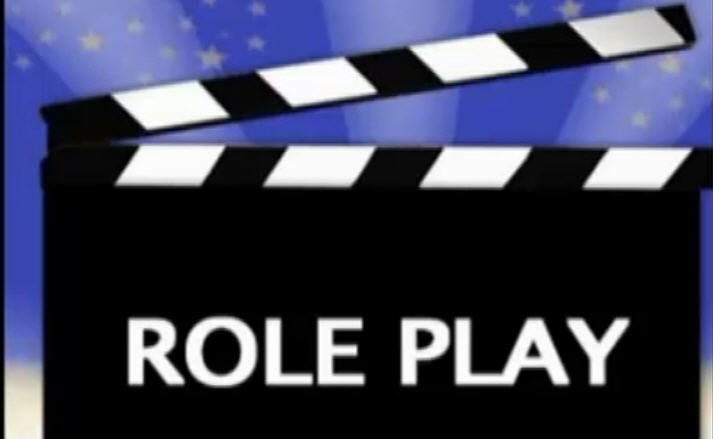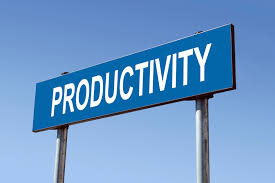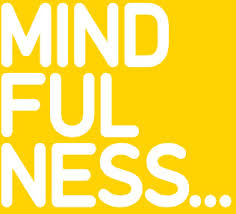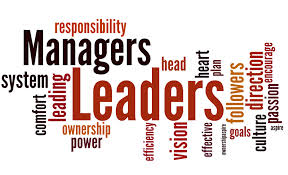Role play exercises are commonly used as part of recruitment processes, assessment centres and leadership development programs, usually centering around a relevant yet fictional case study. The aim of using role play is generally to see how you manage people, behaviours and how effectively you communicate and engage with somebody else – be they a line manager, peer, direct report, potential customer…
Often as a candidate, you are told the character you will be role playing opposite, say the CEO of a prospective client firm, is actually a professional actor. In the case of development and leadership training programs, the actor may also facilitate the session and offer time outs where needed and provide feedback after the session. But more usually you will find that there are other observers, managers and facilitators in the room whose job is to observe and record everything that goes on in the role play meeting. This is especially the case where recruitment and assessment are concerned.
Having been the role player over 1000 times and also assessor, facilitator, program designer on countless occasions, I thought I would share some tips on how to role play effectively.
1. Effective Introduction
Do relax, smile, shake hands etc. or whatever you would do in a normal meeting. Do listen from the outset to the character you are meeting. How is their energy today? What kind of mood are they in? What is it that they need? Adopt an open, inquisitive perspective from the outset.
2. Rapport & Relationship
Building strong relationships is often cited as one of the most fundamental aspects of business. The first meeting with a prospective client or even regular catch up with a team member are all opportunities to strengthen that bond. So don’t focus solely on “the issue”, whatever that may be. Take an interest in the person sat opposite you – even if you think you know them well, who are they today, right at this moment? This is just as relevant if having a difficult conversation.
Many people in role play exercises simply offer a cursory greeting, pay no attention and then jump into what they think the case study wants them to achieve. That frankly is the difference between a leader and manager. The skill we look for in role play exercises is building rapport throughout the conversation, whilst staying on point re: whatever needs to be discussed. Too many people try “How was your flight?” then move straight into whatever they want.
3. Shared Agenda
If you have called the meeting, you will obviously have points to address and/or a message to deliver. That’s great. But do not forget to ask for the other person’s input. And crucially this should be done at the beginning of the meeting. Scribble down the salient points that you both want to cover. Too many times, I have seen people in situations where they fail to do this and launch into their own agenda, ignoring and alienating the needs of the other. It’s not rocket science so remember to take a moment to invite their perspective.
4. Listen & Pause
Listening effectively is really easy as you simply place all your focus on to the other person. Simple right? Why then do the majority of people in role play exercises fail to listen adequately? And I’m talking about senior partners in law firms and professional services as well as C-level directors..! It seems therefore that listening is a skill we can consciously develop. As actors we are screwed if we stop genuinely listening on stage. The trick is to park our inner monologue and focus on not only what is being said, but how it is being said.
Similarly don’t be afraid of pauses in the role play. A lengthy pause is often the moment the other person is really thinking hard about what you just said so allow them the space to think. Chances are that pause is where a change of thinking will actually occur so the last thing you want to do is break it.
5. Energy Matching
We do this unconsciously all the time. We see a friend who we had, until seeing them slumped at the bar, figured would be in their usual jocular mood. We instantly make an adjustment and decide to not go for the hi-five (or whatever). The trick is to do this consciously. So, you’re meeting a new client for the first time and have no idea what they are like. If you find they are chatty and personable, then mirror that relaxed energy. Conversely if they are brash and impatient, then cut to the quick. The point is to be able to flex your own style in the moment and to be aware of this – improvisation in other words.
6. Questioning
Learn the difference between open, closed, multiple and leading questions. So many people ask a series of closed and lengthy, ineffective multiple questions in trying to get to dialogue in role play. It’s really much easier than that. Ask a short, pithy open question when you need to unearth information or fully understand the other person’s perspective. Closed questions work for clarifying – “Was it red or black..?” And leading questions – “Well I really don’t think that they offer anything of value, wouldn’t you say?”
7. Agree Next Steps
When all perspectives have been shared and discussed, perhaps you’ve been able to negotiate where possible and reach agreed next steps. Do ensure that next steps have actually been mutually agreed upon by checking in with the other person. A common role play mistake is to assume buy-in and launch into “Well that’s all settled then…” mindset when actually things have not been agreed… because you didn’t listen…. because there was no trust or rapport…!!
What works well here is being crystal clear about ownership and who is tasked to do what, next. Lead by example and take ownership of relevant points that you need to in the role play.
8. Summarise & Close
Offering a summary of what has been discussed, any changes made and next steps agreed on allows everyone to take stock and helps to articulate what progress has been made over the last 30 minutes or whatever.
Role play can be strange and seem artificial with observers in the room, watching your every move. It can also illuminate habits, typical behaviour and communication approach. Invariably a role play with an experienced actor/trainer will result in very useful and relevant feedback which is priceless.
Sartaj Garewal is the founder of Dynamic Presenting – a creative, leadership development consultancy, adapting theatre training to create leadership programs for business.
Dynamic Presenting – Enabling Powerful Communication









